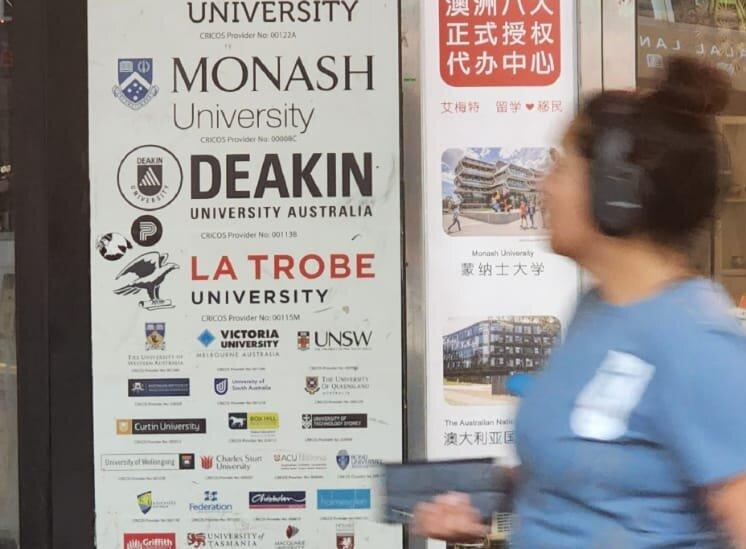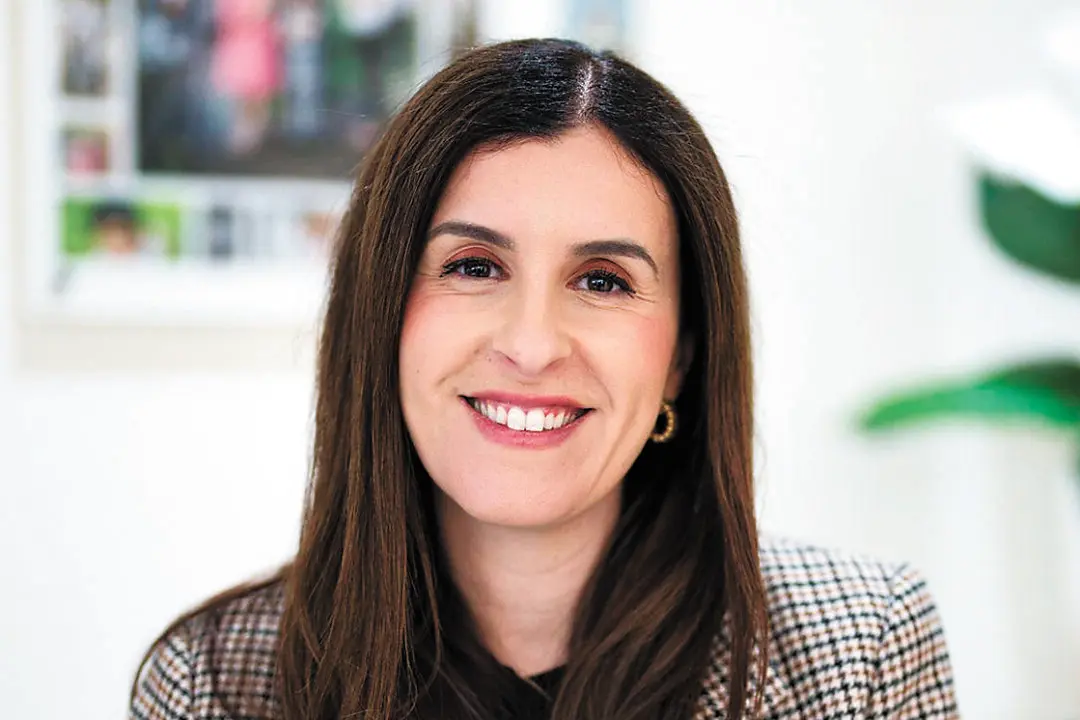The federal government’s Migration Strategy, which aims to lure skilled migrants to Australia while cracking down on “non-genuine international students” and migrant worker exploitation, could easily damage the economy, the Property Council of Australia has warned.
Foreign students are affected in several ways by the strategy: A new “Genuine Student Test” will apply; the savings threshold for visa applicants has been raised, with $24,505 (US$16,113) now required, an increase of 17 percent; there will be tougher English-language requirements; some post-study work rights have been reduced; and education providers considered “high risk” can expect slower visa processing or more extreme consequences.





